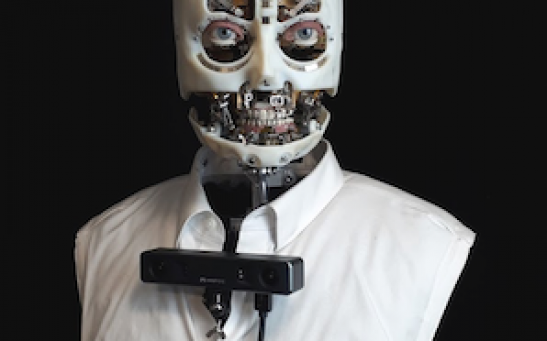Disney Research
Disney Master Redubbing in Tinsel Town With New ‘Visemes’ Approach
Printing in Fabric—Disney’s Research Division Takes 3D Printing to Another Level
Disney’s New 3D Printing Endeavor Creates a Softer Product Instead
Most Popular

How Technology Is Changing the Real Estate Industry?

Study Reveals High Turnover in Scientific Research Careers: What This Means for Future Scientists

How a Plant-Based Diet Can Protect Against Breast Cancer: Insights from Nutrition Research

Nikolay Karpenko Biography, Photo, Career, Accomplishments






